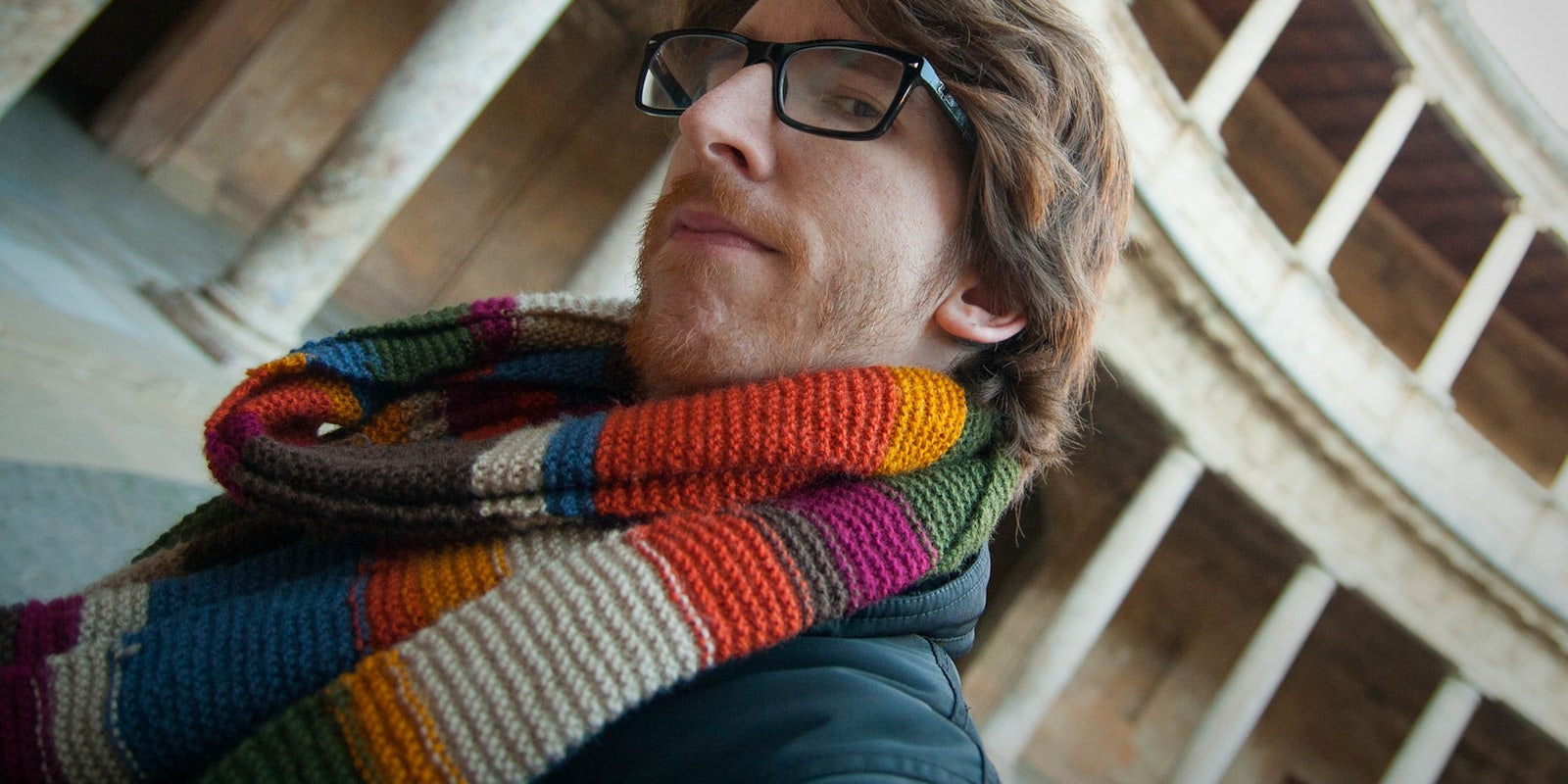BY LILY BENSON
A lot of people, particularly older people who aren’t as familiar with the newer social contexts of the Internet, think of selfies as vain or self-involved. But sharing a selfie isn’t at all solipsistic; it’s a fundamentally social act, a way of sharing yourself with your loved ones, your community, the world. It can be flirtatious, silly, vulnerable, triumphant, straightforwardly communicative, or a million other things.
I started #dudetime as a joke. It was based on rapper Lil B’s Twitter feature, #girltime, where girls who follow Lil B send him photos of themselves and he retweets them. There are, ostensibly, rules (Lil B always says to DM him if you don’t know the rules, and I have, but I’ve never heard back) and a theme (lately it’s been “face and feet”). Positive vibes, compliments, and support are encouraged. It usually seems to be a relatively chill and safe space, in line with Lil B’s #based philosophy, but not always—and the fact that most of Lil B’s fans are teenage girls can make it a little creepy.
The basic idea behind #dudetime was to playfully flip the idea of #girltime in a way that took the creepiness of the male gaze out of it, and to provide a space for equal-opportunity objectification. I announced my idea on Twitter, and right away, I got some really great selfies from dudes and a very enthusiastic reaction from dude-likers of all genders. Thus dudetime was born.
I’ve done it a few times since and gotten an ever-growing response, and it’s quickly become one of my favorite things about the Internet and maybe even life.
@lil_mermaid #DudeTime #TYBL pic.twitter.com/oFC9FvPexa
— Hipster Serpico (@ItsReallyJordan) February 13, 2014
When I look at the pictures from the last couple dudetimes (a Storify of the most recent one is below), the thing that strikes me most of all is vulnerability. As one participant, Brendan, told me, “There is a kind of public vulnerability that men—and straight men especially—are dissuaded from participating in that dudetime encourages.”
For one thing, selfies are strongly gendered female; it’s pretty common to see remarks made about how “sus” or “female” it is for a man to post a selfie. Perhaps the vanity traditionally associated with taking a selfie is considered feminine, or that there’s something threatening and emasculating about being subject to the same type of gaze that women are. Letting your guard down, being goofy, and sharing yourself is always vulnerable—but that vulnerability can be really beautiful and rewarding.
@lil_mermaid Me listening to my husband Drake #DUDETIME pic.twitter.com/smMdqSaK0X
— Cupid Valentino (@mylestanzer) February 13, 2014
I don’t want to underplay the whole gawking-at-hot-dudes thing either, because while it’s a little more basic, it’s still important and awesome.
Reversing the objectifying gaze back onto men is not only enjoyable for people who are attracted to dudes, it can be both fun and powerful for the dudes as well. “What I appreciate about the objectification that happens during #dudetime is the implication that maleness doesn’t preclude being pretty,” my friend Chris (also a venerable participant) told me. “I also appreciate the thirsty favs, obvs.”
@lil_mermaid i brought candy and everything #DUDETIME pic.twitter.com/kdPQPAzbZo
— bae leaf (@randlechris) February 13, 2014
The psyched and grateful response from #dudetime observers seems to indicate, too, that there’s some pretty serious pent-up demand for opportunities to objectify men. (Though I’d be remiss not to acknowledge the important ongoing work that Twitter accounts like PostBadBeards, my friend Maddie’s blog Critique My Dick Pic, and, well, Tumblr in general are doing in this area.)
My experience with #dudetime has also reminded me that even within the vast, heartless expanse of the Internet, we can carve out new spaces for ourselves with meaning, context, and vibes of our choosing. Overwhelmingly, people who participate seem to instinctively “get it,” and observers have responded with absolute kindness and support for the dudes who share.
The feedback I most often get from participants and observers is how sharing a photo and getting warm feedback, or appreciating the photos shared by others, made them happy and lifted their mood. Dudetime in that way functions as a bit of a temporary zone of playfulness, consensuality, and mutual care within a larger context that’s not always as chill.
I don’t want to suggest that my goofy little Twitter project is particularly revolutionary. Selfies can certainly be political and important, particularly for women of color and trans women, who, as Feminist Griote and others have written, use selfies to assert their beauty and their place in the world—in a way that white cis dudes (who have been the majority of #dudetime participants thus far, though I hope to encourage more diversity) mostly don’t need to.
@lil_mermaid do I have to identify as dude to participate in dude time or are gender queer dude-presenting folks welcome
— tuvok shakur (@TheEttinauer) February 13, 2014
But I think working toward a vision of being a dude that’s more flexible and vulnerable, even just through a playful hashtag, is a worthwhile project. And up until I started #dudetime, I had probably been sent more unsolicited dick pics in my life than asked-for selfies from men. Dudetime, in its small way, has helped me imagine a different way dudes and non-dudes could engage with one another, and make it a reality.
Photo via Lord Ferguson/Flickr CC BY-SA 2.0


